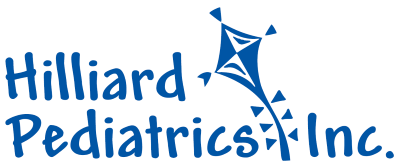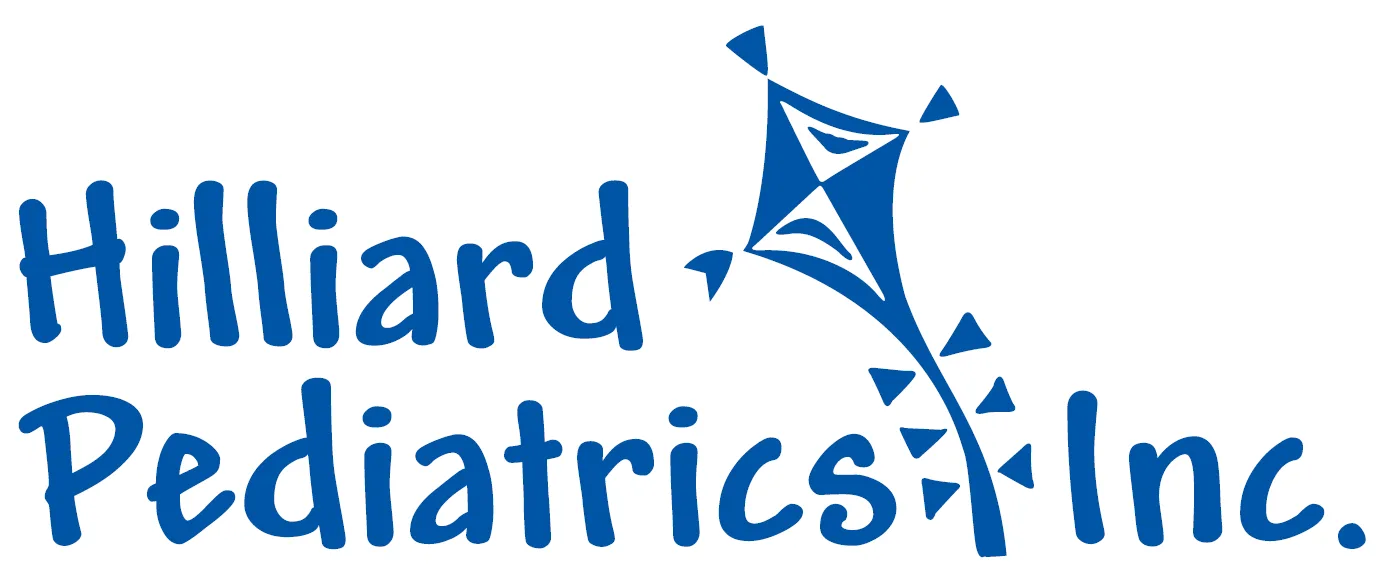Hand Foot and Mouth Disease
Hilliard Pediatrics, Inc. - Dr. Tim Teller, MD
Introduction
Hand foot and mouth disease is a viral illness. It is characterized by shallow, painful ulcers in the mouth and red spots or blisters on the palms of the hands and soles of the feet. Hand foot and mouth disease can be caused by a number of viruses, but most commonly is caused by Coxsackie A virus. It is not related to hoof and mouth disease in cattle. Cases of hand foot and mouth disease occur most commonly during the warm-weather months (especially late summer and fall). There are at least 4 different strains of the virus that causes hand foot and mouth disease. Although many children have this illness only once (and that illness gave your child immunity so that they would not have it again), it is possible to have the illness more than once.
Expected Course
Hand foot and mouth disease begins 3-7 days after exposure to someone with the illness. The illness is highly contagious and spreads by contact with the mouth, saliva, and skin of an infected person. Children are more susceptible than adults. The illness can begin with 1-2 days of fever, sore mouth, decreased appetite, and decreased activity. Shallow ulcers with a red border then form in the mouth. They can occur anywhere within the mouth. These ulcers are often painful for 3-4 days and can remain for 7-10 days. Soon after the ulcers in the mouth form, about half of the children will develop occasionally painful (sometimes itchy) red spots or blisters on the hands and feet. These spots are usually small and fade without crusting over in 2-7 days. A few children will develop stomach pain, diarrhea, achy joints, swollen lymph glands at the neck, a dramatic decrease in activity, or red spots or blisters on areas other than the hands and feet. Most children will have only one case of hand-foot-and-mouth disease, but it is possible to have this disease more than once.
Complications to hand foot and mouth disease are uncommon, but occasionally a child will become dehydrated if the painful mouth ulcers severely limit fluid intake.
Prevention
Because the Coxsackie virus is spread by contact with mouth, hands, feet, and bowel movement from an affected child, limiting contact with these will limit the spread of the illness. Good hand washing is a must. Children at a sitter or in a daycare setting are very likely to have this illness sometime in the first 4 years of life.
The most contagious periods are just before and during the time of the mouth ulcers. Children should generally be kept home from daycare or school during those days in which they have a fever or painful ulcers in the mouth.
Technically, 80-90 % of the children with hand-foot-and-mouth are non-contagious after one week. The other 10-20 % may still be contagious for as long as 4 weeks. There is no way to determine who is contagious by examining them. This lingering contagious period for some of the children makes it easy for the illness to spread from a child with no symptoms to another child.
Treatment
Hand foot and mouth disease will run its course without special treatment. Because this illness is caused by a virus, antibiotics will not affect hand-foot-and-mouth disease. However, certain treatments can be helpful.
- Tylenol® or Motrin® (acetaminophen or ibuprofen) may be given for fever or pain.
- Fluid intake should be encouraged. Cold drinks, popsicles, and sherbets are soothing. Avoid foods or drinks that are spicy, salty, or acidic (including citrus juice, spaghetti sauce, French fries, and ketchup).
- For the mouth ulcers, over-the-counter products may be helpful. Ambesol® (benzocaine-containing medicine for teeth or mouth pain) can be applied to individual ulcers up to 4 times a day. A combination of the over-the-counter products Benadryl® elixir (12.5 mg of diphenhydramine per teaspoon) and liquid Maalox® or Mylanta® can be very helpful. Both the Benadryl® and the antacids come in appealing flavors (including bubble gum). They can be quite soothing for the mouth pain. For young children, combine the two in equal amounts in a small container (for instance, adding 2 teaspoons of Benadryl® to two teaspoons of liquid Mylanta®). Then use a small syringe or a cotton swab to apply a small amount to the mouth ulcers every 4-6 hours. For older children, it is useful to have the children swish the medicines around in their mouth (like "gargling") then swallow. This can be done every 6 hours. They should use an equal amount of Benadryl® and antacid. The recommended amounts of each are as follows (one teaspoon = 5 ml or cc):
| Up to 25lbs | 25-50lbs | More than 50lbs | |
|---|---|---|---|
| Benadryl® Elixer | 0.5 tsp | 1 tsp | 2 tsp |
| Maalox® or Mylanta® | 0.5 tsp | 1 tsp | 2 tsp |
**If your child seems to be excessively drowsy while on Benadryl, stop it or cut the dose in half.
- The most useful signs for identifying dehydration in your child are a dry mouth (drool, spit, or saliva are not seen), the lack of tears with crying, and urinating less than 3 times in 24 hours. If these signs are present, or you have other concerns, please contact our office. We will discuss with you whether your child will require IV fluid for dehydration.
Last Updated: 06/2019

